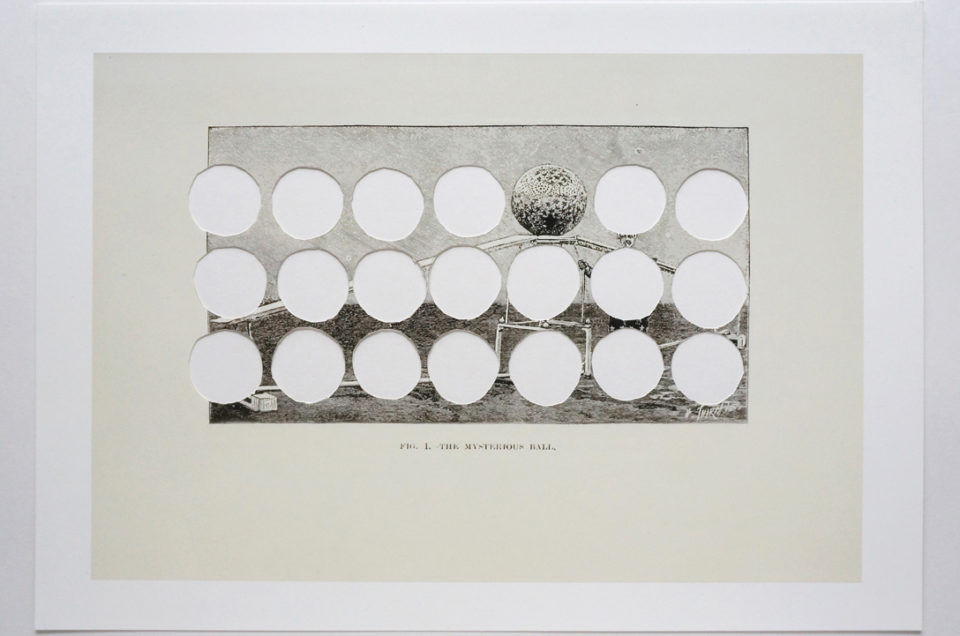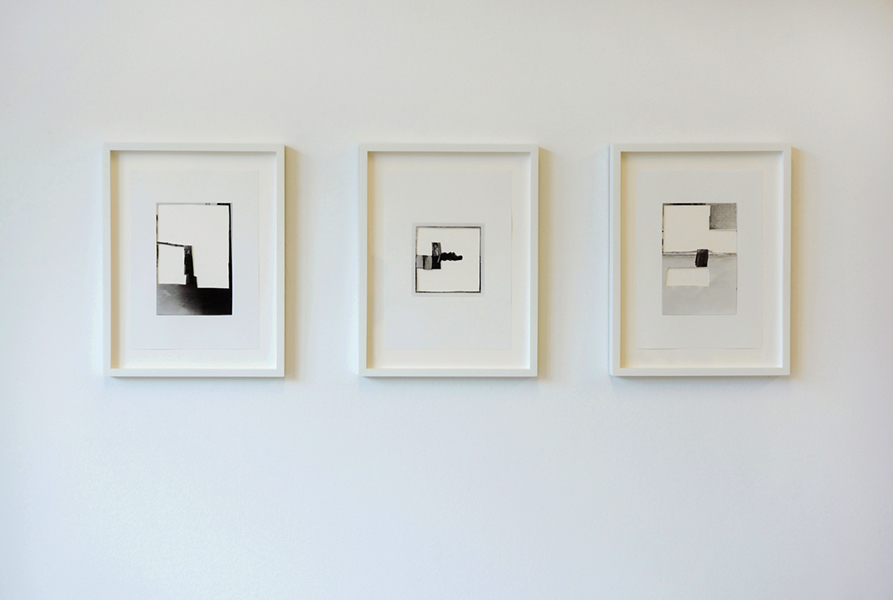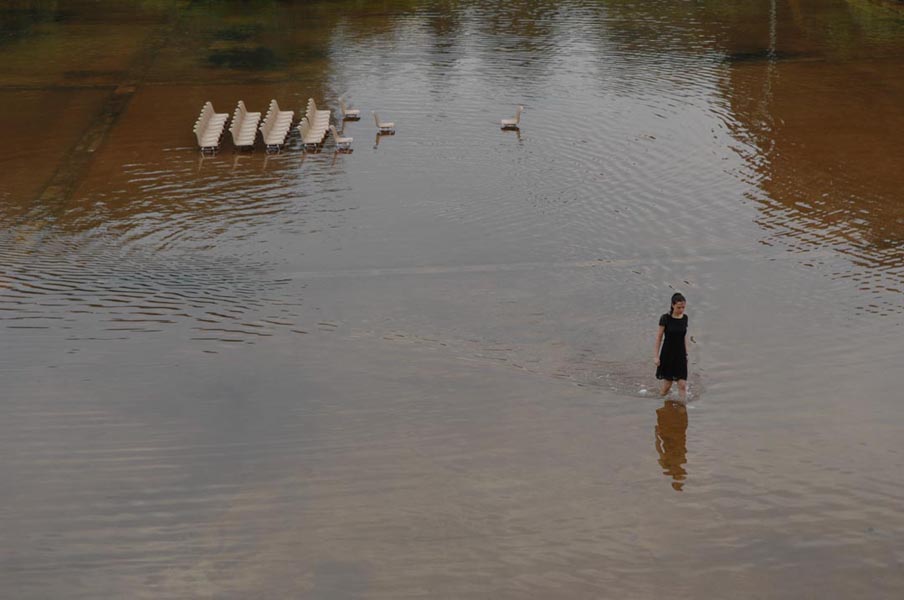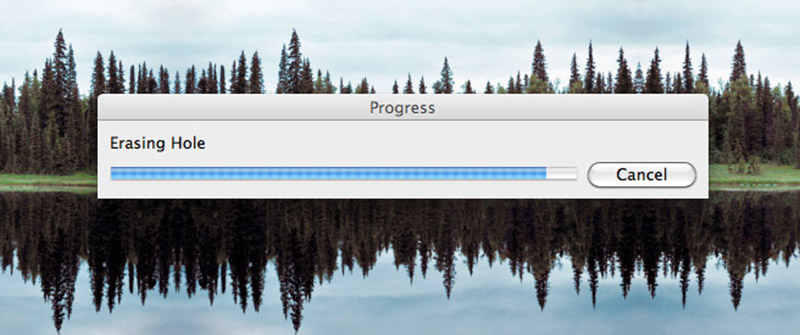Renata Fabbri arte contemporanea is showing a bunch of my work at artissima in Torino this week, alongside Goldschmied & Chiari. Both of our works shown at the fair are in different ways circling around disappearances, illusions, and attempts at magic.
Here are the details:
artissima 2017
Main Section
Hall: Pink B –
Stand n°6
OVAL Lingotto Fiere
via Giacomo Mattè Trucco 70
10126 Torino
, Italy
The image above is from a new series of collages, titled Vanishing Acts, which enact rather crude interventions upon the pages of an 1897 Victorian book divulging secrets of magic.



